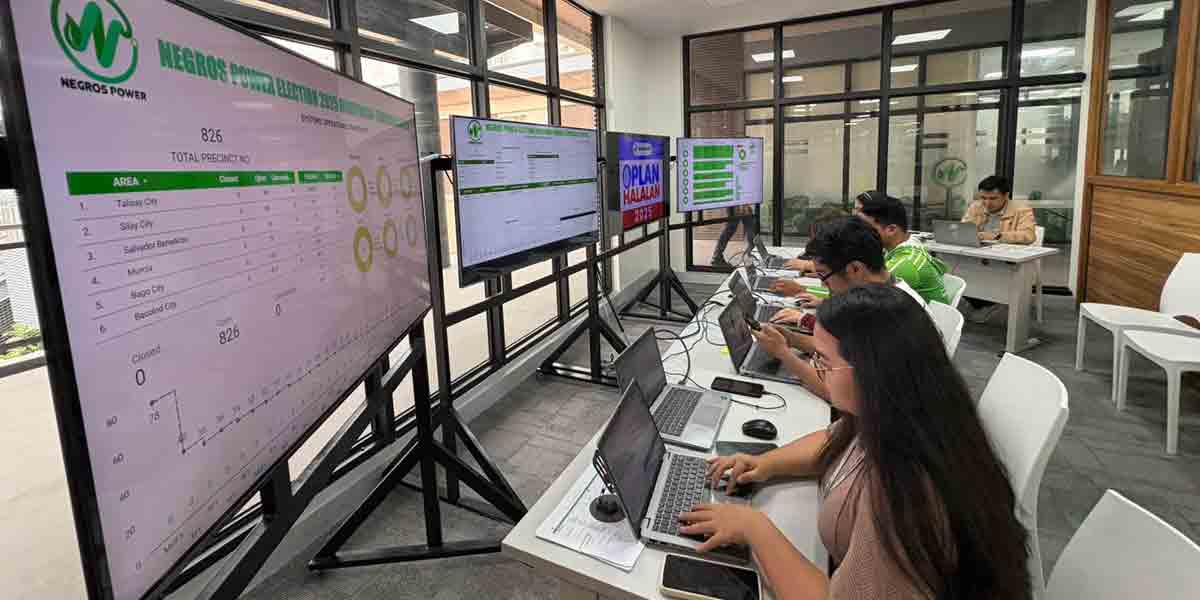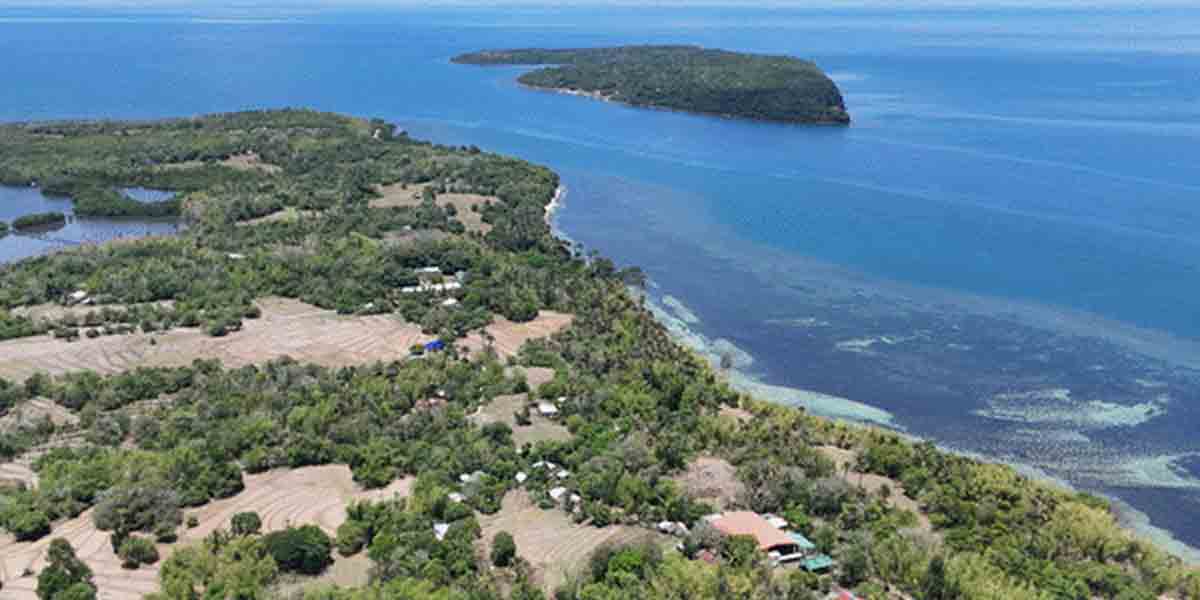By Joseph B.A. Marzan
The Department of Health-Western Visayas Center for Health Development (DOH-WV CHD) on Monday said there is no indication to upgrade the region’s community quarantine status despite an alarming rise in the number of coronavirus disease 2019 (COVID-19) cases over the past weeks.
The DOH-WV CHD confirmed 345 new COVID-19 cases on Monday, comprising of 256 cases from Negros Occidental, followed by Bacolod City (42), Iloilo province (23), Aklan (10), Antique (8), Iloilo City (5), and Guimaras (1).
Negros Occidental still accounted for the most number of confirmed COVID-19 cases in the region with 8,600, followed by Bacolod City (6,457) and Iloilo City (5,912) in the top three.
The DOH data indicated as of April 12 that the region has 30,178 cumulative COVID-19 cases, with 3,366 active cases, 25,999 recoveries, and 803 deaths.
In an episode of the DOH-WV CHD’s online series Isyung Bakuna, Infectious Diseases Cluster Head Dr. Mary Jane Juanico discussed in-depth the state of COVID-19 in the region.
She reported that as of April 11, the region logged a daily average of 210 new cases this month, higher than 84 cases per day in March and the all-time high of 194 cases per day in September 2020.
She also noted that cases continue to rise at a faster rate and may peak until mid to third week of April.
Without mentioning the exact specific numbers per area, she noted that the provinces of Aklan, Antique, Guimaras, Iloilo, and Negros Occidental as well as Bacolod City have seen a steady rise in cases in the past week, while Capiz and Iloilo City have seen slight downtrends.
She also noted that the region’s rate of active case have been rising, with a 10.54 percent rate in April 11.
April 12’s figures, based on Daily Guardian’s computation, showed that there has been an 11.15 percent rate of active cases in the region.
This was distinct in the past weeks, where Juanico said that active cases have been maintained between 5 to 7 percent per day.
Because of the increase in active cases, the region’s COVID-19 recovery rate also decreased to 86.7 percent.
As to the COVID-19 death rate, the region maintains a 2.69 percent rate, one of the lowest case fatality rates since August 2020.
But some areas have greater case fatality rates than the regional average, with Capiz being the highest at 4.09 percent, having 57 COVID-19 deaths out of 1,395 total cases as of April 11.
This is followed by Iloilo City (2.93 percent, 173 deaths out of 5,907 total cases) and Bacolod City (2.98 percent, 191 deaths out of 6,415 cases) in the top three.
UTILIZATION RATE
Juanico added that they have also observed the Healthcare Utilization Rate (HCUR) in the region rise to 36.27 percent, an increase of the average rate of 25 to 29 percent in the past weeks.
The HCUR refers to the rate of utilization of Intensive Care Unit (ICU) beds, isolation facilities, and COVID-19 wards, and mechanical ventilators.
As of April 10, healthcare facilities in Western Visayas have an availability rate of 47 percent of ICU beds, 62 percent of isolation Beds, 62 percent of COVID ward beds, and 74 percent of mechanical ventilators.
Based on the presence of symptoms, asymptomatic cases are now ranging at 60.3 percent, down from the usual 70 to 80 percent.
In the past few weeks mild cases have been gradually increasing, at 36.7 percent, and Severe and critical at 3.03 percent, as of April 11, which she said they were still ensuring that severe and critical cases will not be converted to the case fatality rate.
Based on the DOH-WV CHD’s assessment of the 2-Week Growth Rate (2WGR) and Average Daily Attack Rate (ADAR) as of April 10, only Antique was in the red or being high risk, with a 235 percent 2WGR and an ADAR of 3.53 cases per 100,000 population in the past 1 to 2 weeks.
Aside from Antique, Juanico said that the DOH-WV CHD is also monitoring the COVID-19 situations in Negros Occidental and Bacolod City.
Despite these increases, particularly in Antique and Negros Occidental, she stated that there has been no indication in their data to call for a rise in the community quarantine status of the region, which has been under Modified General Community Quarantine (MGCQ) since late 2020.
But she added that provincial and municipal governments may choose to implement or request for a higher CQ status.
She also stated that the national government intends to contain COVID-19 as much as possible without or with only minimal strain on economic activity.
“What we want here is that they do not hamper economic activity while we are battling COVID-19, so we do not want to greatly disrupt economic activities while only some areas show an increase of cases, so the guidance from the national task force is to minimize to the lowest unit possible,” said Juanico.
VACCINATION OF FRONTLINERS
Juanico also provided the report by the Regional COVID-19 Vaccine Operations Center (RVOC), which stated that as of April 11, 2021, out of 124,994 masterlisted eligible “A1”, 35,394, or 28.32 percent, have been vaccinated with the first dose of COVID-19 vaccines.
Vaccine priority group A1 consists of medical frontliners who primarily tend to COVID-19 patients in healthcare, isolation, and quarantine facilities.
The first dose vaccinations consist of 25,293 or 20.24 percent with Coronavac and 10,101 or 8.08 percent with AZD1222.
Coronavac was developed by Chinese biotechnology company Sinovac, while AZD1222 was developed by British-Swedish drugmaker AstraZeneca.
The administration of Coronavac’s second dose also started in the region this month, with 9,364 of 7.49 percent of the masterlisted eligible “A1” vaccinees having received the dose.
As to the consumption rate of the allocated first dose of vaccines, there has been an 89.88 percent consumption of 39,380 vaccines delivered to the region.
Out of 29,380 delivered doses of Coronavac, 86 percent or 25,293 have already consumed, while out of 10,000 delivered AZD1222 doses, 10,101 doses or 101.81 have been consumed.
For the consumption rate of Coronavac’s second dose, out of 29,380 already delivered, 8,326 or 28.34 percent have been consumed.
Juanico said that the vaccination of other priority groups will depend on the availability of vaccine doses.
She added that local government units may start vaccinating senior citizens and immunocompromised patients if they have reached the 100 percent vaccination of consented A1 recipients.
“We want to do simultaneous vaccinations already, however, with regard to the availability of vaccines here in Region 6, we cannot do simultaneous vaccinations yet. If we’re sure that they’ve covered 100 percent of their total healthcare force, they can start giving to senior citizens and other adults with co-morbidities,” she said.


















